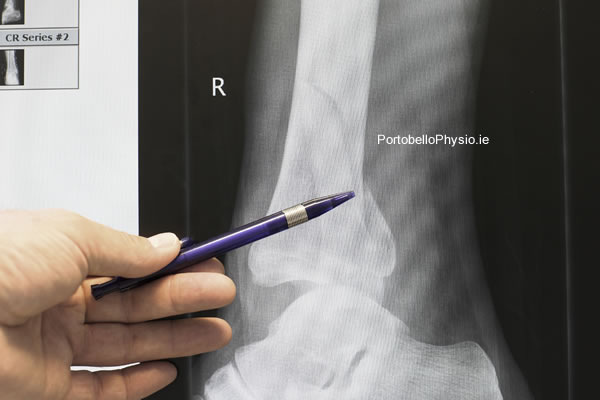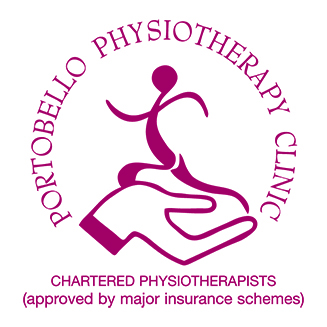Chartered Physiotherapists
Specialists in Musculoskeletal Physiotherapy
Fractures

A bone fracture occurs when there is a disruption or break in the continuity of the bone. Fractures of the bone are extremely common with most people sustaining on average two fractures in their lifetime. They are occur when excessive force is applied to the bone causing it to break, the level of force required to cause a break will depend on the health of the individuals bones. In individuals with osteoporosis, osteogenisis imperfecta or bone cancer fractures are very common due to underlying weakness in the bone, this type of fracture is referred to a pathological fracture. In the vast majority of cases fractures which occur in the younger population are due to extreme force, for example falling from a height, road traffic accidents or contact sports injuries.
Symptoms
Fractures can be extremely painful, this is because not only is there injury to the bone and its periosteum (outer lining which is full of pain receptors) but there is also disruption to the soft tissue structures that surround the bone such as the muscles, ligaments, tendons, and nerves. Damaged blood vessels at the site of injury usually lead to substantial swelling and pressure contributing to pain. Depending on the type and location of the fracture surgical stabilisation may be indicated followed by a period of immobilisation in a brace, splint, cast or boot.
Treatment
Healing times for bone fracture vary depending on the type and location of fracture, the individual’s age, nutritional status and underlying medical conditions. In general union at the fracture site is achieved at about 8 weeks for upper limb injuries and 12 weeks for lower limb injuries, however this may be substantially less in children who heal a lot quicker, or indeed substantially longer in elderly people with poor bone health. Once your orthopaedic specialist has given you the all clear to commence physiotherapy you will begin the process of trying to regain lost mobility and strength at the fracture site. Due to the nature of the injury itself and the associated damage to the surrounding soft tissues, seconded by a long period of immobilisation there is usually marked atrophy of the muscles and swelling and stiffness at the site of injury. Our Chartered Physiotherapists will aid you in regaining lost function and rehabilitate you back to full fitness. In order to achieve this we may use any of the following techniques: joint mobilisation, massage techniques, progressive strengthening and stretching exercises.
Ready to take the next step?
Learn more about our Patient-Centered Approach to Care or schedule a new patient consultation.


